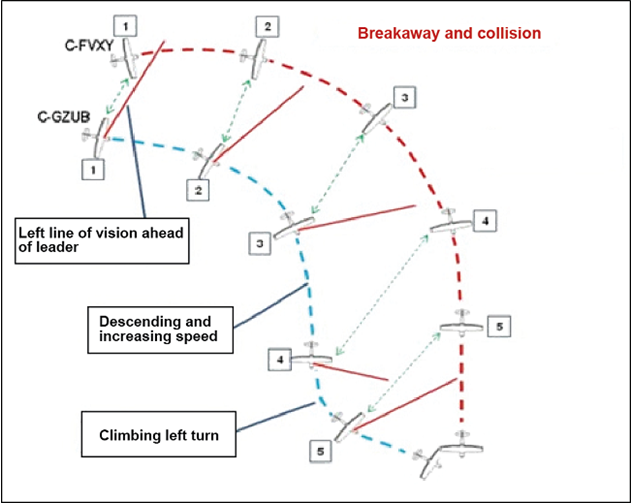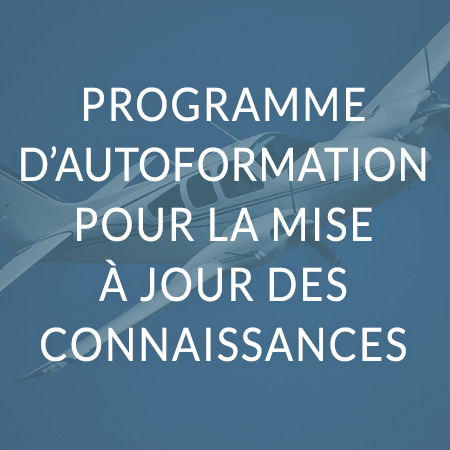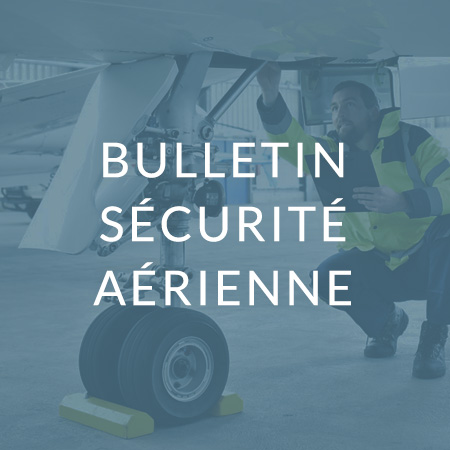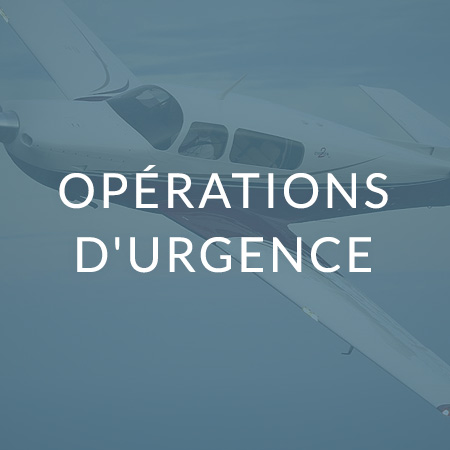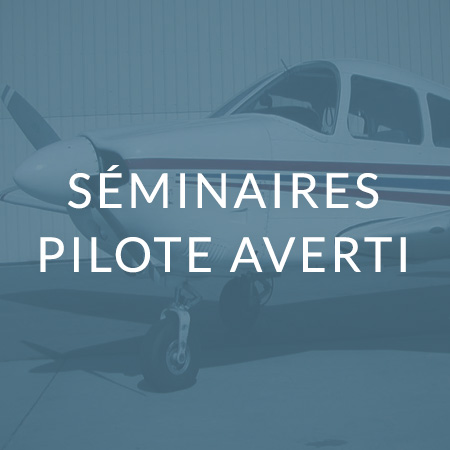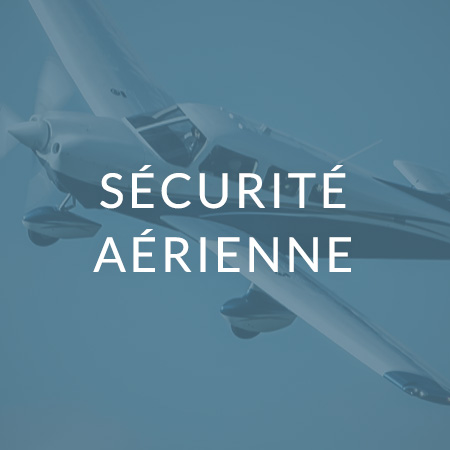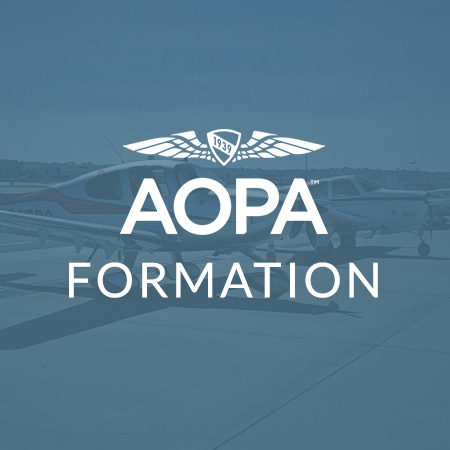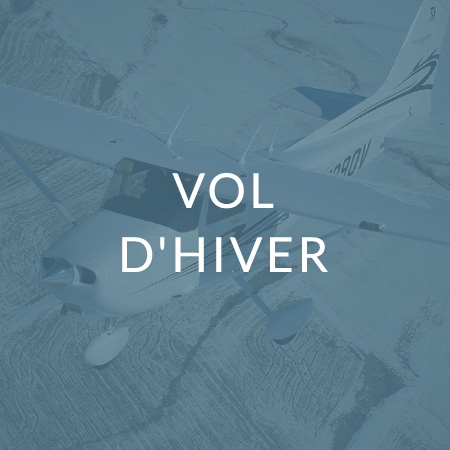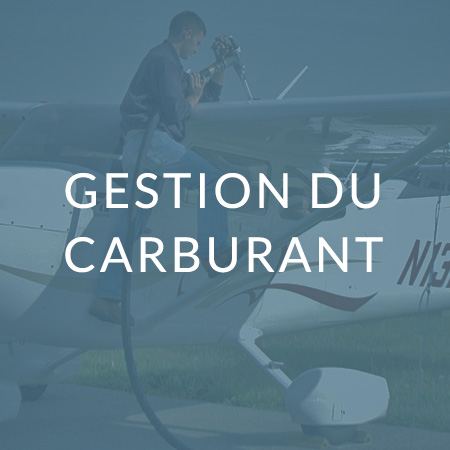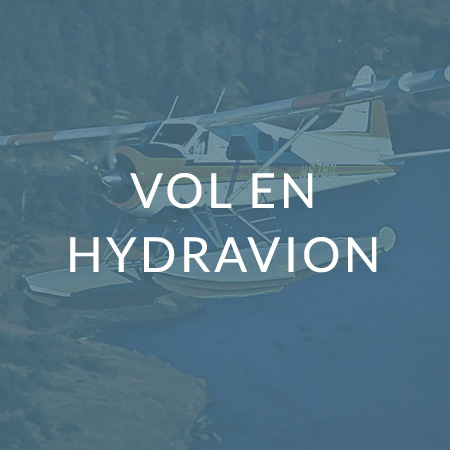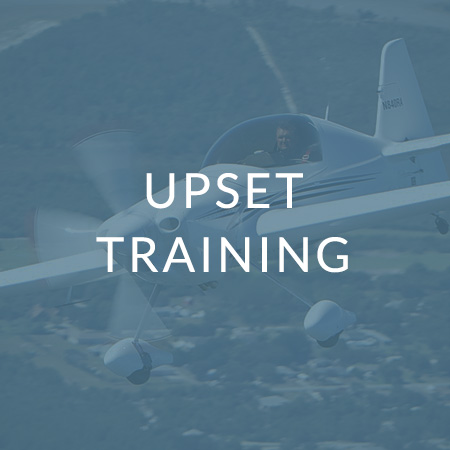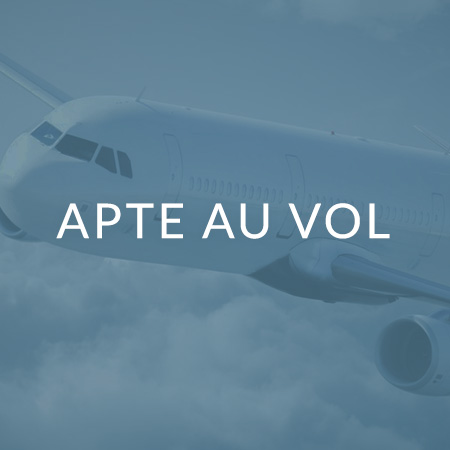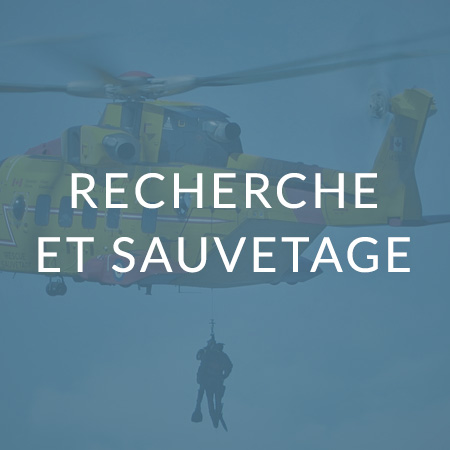Cessna 150G / 150L Mid Air Collision
At about 1600 Pacific Standard Time in daylight conditions, a group of 4 light aircraft took off from the Langley Regional Airport in Langley, British Columbia, for a local formation flight to Chilliwack, British Columbia. At about 1615, during a turn, one of the Cessna 150 and another Cessna 150 collided. The 2 aircraft briefly descended joined together and out of control, but at about 400 feet above ground level, they separated. The first C150 broke up in flight and fell to the ground; the 2 occupants were fatally injured and the aircraft was destroyed. The pilot of the second C150 regained control of the aircraft and landed in a farm field without injury. There was no fire and the emergency locator transmitter on the first C150 activated upon impact with the ground.
Three of the pilots in the group were familiar with formation flying because they had flown together many times at various fly-past events and had practiced over the Lower Mainland of British Columbia. As a newcomer to the group, the pilot of the Cessna 150 at the right side of the diamond formation, having previously accompanied other pilots during two formation flights, was flying as the pilot of his own aircraft in the formation. The lead aircraft was the first Cessna 150 (in the lead of the diamond formation) had one passenger on board. On the left side of the diamond formation was a Piper PA 28 aircraft and at the rear of the formation was a Cessna L-19.
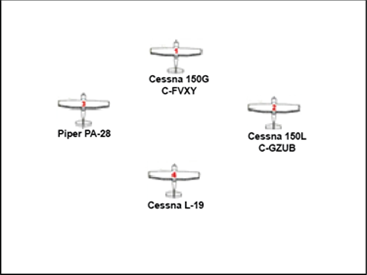
During left hand formation turn maneuver, the lateral distance and step-back of the number 2 aircraft on the leader's right side increased somewhat, but the right hand C150 returned to its original position once the flight rolled out on the northerly heading.
Shortly after, the leader announced a right turn and this time advised the number 2 aircraft to reduce engine power since it was on the inside of the turn. The 4 aircraft then entered a level, 15°angle-of-bank right turn at 1500 feet asl to return to the southerly heading.
During the turn, the pilot of the right diamond lost sight of the lead aircraft, turned away to the right and descended. After a brief interval, the right side diamond turned left and climbed while the pilot searched for the leader to rejoin the formation above.
At 1615, seconds after the leader called a roll-out, the two aircraft collided at almost 70° to each other. The aircraft began to rotate and descend joined together, and fell out of control for several seconds. At about 400 feet agl, the aircraft separated; the lead diamond aircraft broke up in flight and fell to the ground, while the pilot of right side diamond regained control and landed the aircraft without engine power in a farm field.
No reports of turbulence or other unfavorable weather phenomena were observed. Weather was not a contributing factor in this accident.
There was no indication that the performance of the pilot who died in the accident was degraded by physiological factors or incapacitation. A review of both pilots' recent activities found no indication that fatigue or other human factors contributed to the accident circumstances.
This accident was an associated midair collision: the pilots involved were intentionally flying in close proximity in a pre-arranged formation flight. The flight profiles of both accident aircraft indicate that neither pilot saw the other aircraft in sufficient time to initiate effective and timely evasive action. The investigation could not determine what was taking place in the flight deck of the lead at the time of the occurrence.
No evidence of pre-existing mechanical defect in either aircraft was found. Accordingly, this analysis focuses on the operational issues and hazards of formation flight, and on the flight path, to provide the most likely explanation as to why these 2 aircraft collided.
- During the right-hand turn in formation flight, the pilot of right side diamond lost sight of the lead aircraft.
- After initially adopting a flight path that effectively eliminated the risk of collision, the pilot of the right side diamond turned back toward the leader so as to rejoin the formation, thereby unintentionally placing the aircraft on a course leading to their collision.
- The high-wing configuration of C150 significantly restricted the field of vision, and, during the left-hand turn, the pilot was unable to see the lead aircraft on a collision course.
- The impact damage resulting from the in-flight collision rendered the lead aircraft uncontrollable, and the aircraft was unable to maintain flight; it descended rapidly and collided with the terrain.
- During its pre-flight briefing, the group had not discussed the contingency procedures for loss-of-sight of an aircraft, and it did not review the accepted practices for returning to the formation.
- For the occupants of lead aircraft, the forces of the in-flight impact and the collision with the terrain exceeded normal human tolerance, and the accident was not survivable.
- Formation flying involving high-wing aircraft poses elevated risk due to the limited cockpit vision angles.
- Formation flying involving aircraft of dissimilar aircraft types is challenging and demands higher skill levels, particularly when combining high-wing and low-wing aircraft. This aircraft combination creates an even greater risk for casual formation flyers.
- Formation flying demands higher levels of skill, discipline, and training than conventional flying. Without appropriate formal training to achieve those increased levels, the risk of in-flight collision is elevated.
